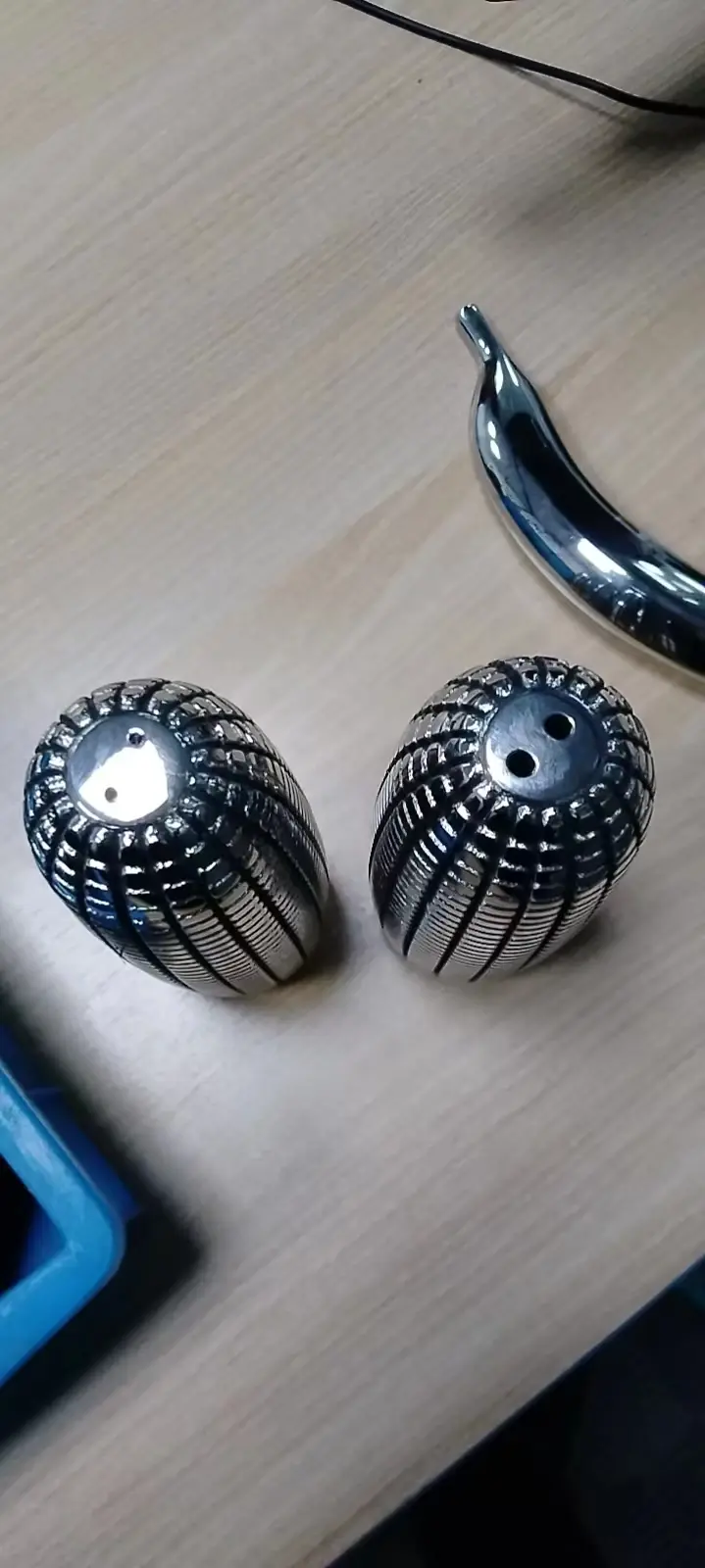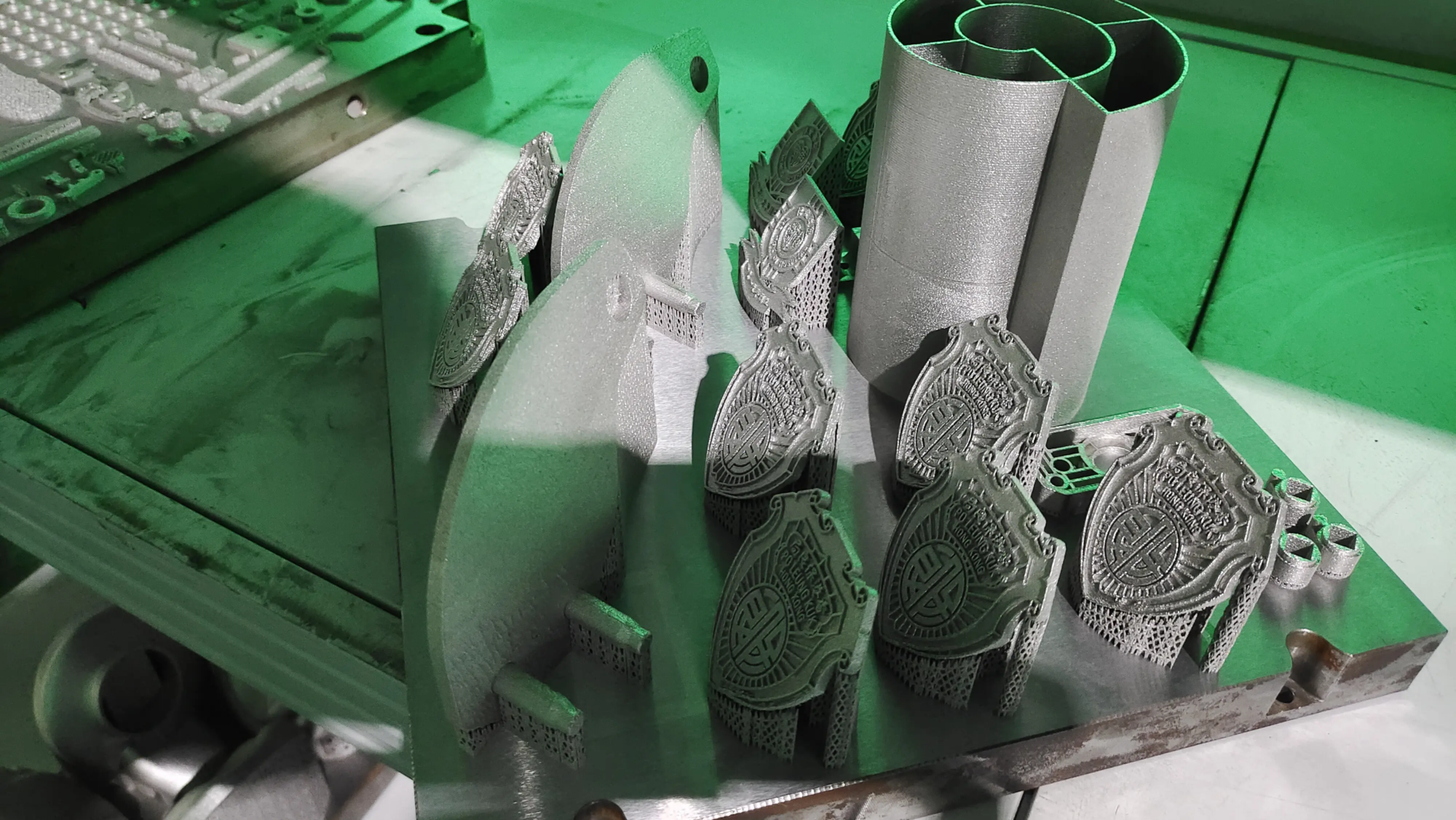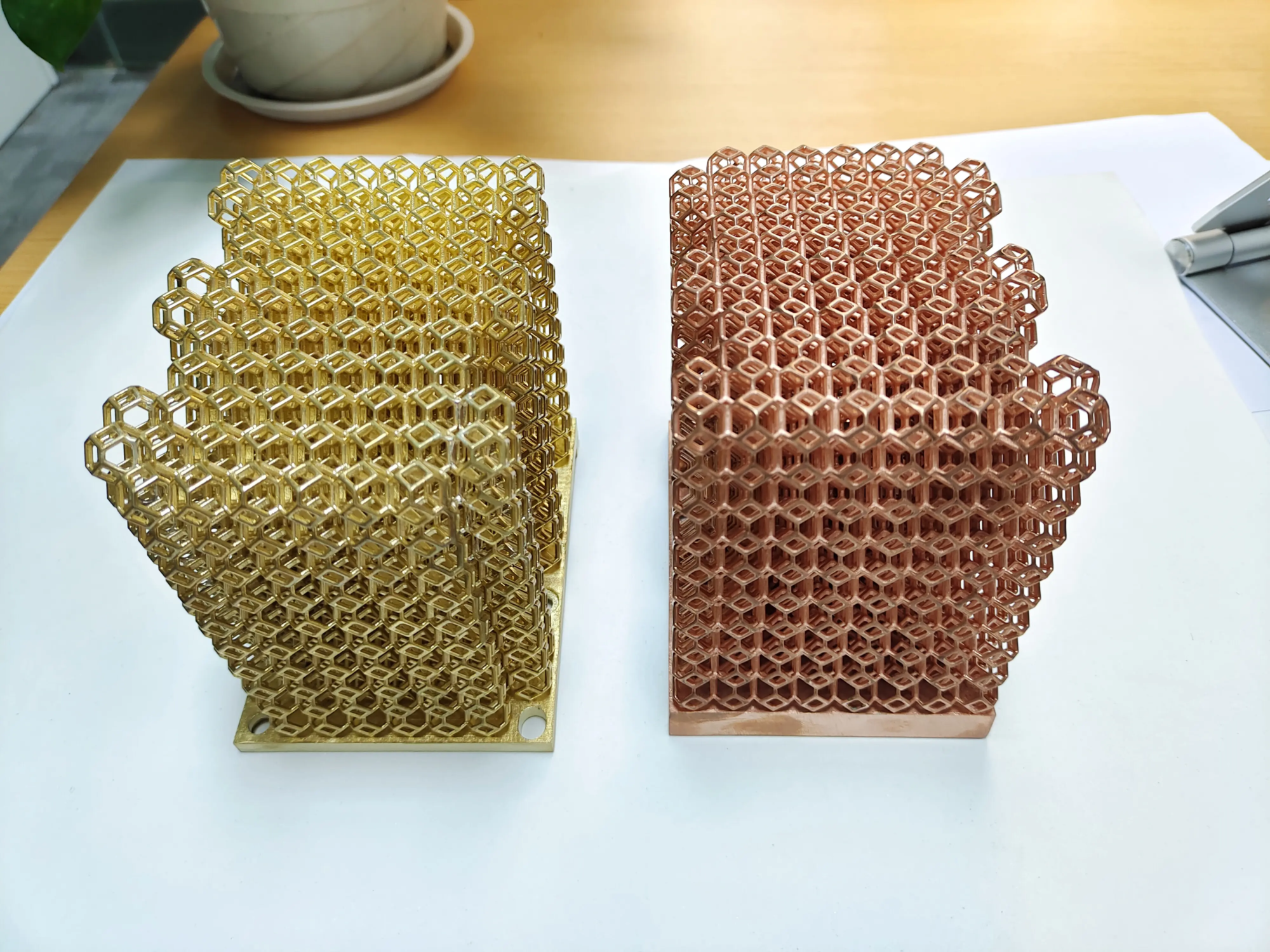The ongoing problem of elephants in 3D printing (and how to tame beasts)
The moment you are carefully designed 3D printing is full of intricate details, just discovering that the base looks suppressed. The first few layers protrude outwards, creating an ugly, uneven foundation that blends in size and hinders the surface quality of the components and ruins. You meet the infamous "Elephant’s feet." Although common, especially in FDM (Function Deposition Modeling) printing, this problem is not insurmountable. Let’s dissect why it happens, explore practical fixes, and understand that advanced services like us often conquer it.
What exactly is the feet of an elephant?
Imagine an elephant stepping on soft ground – the edges of the feet spread outwards under weight. This is exactly the visual analogy of this 3D printing defect. It manifests itself as an outward bulge or explosion directly with the bottom layer of the printed sheet. result:
- Inaccurate dimensions: The key basic dimensions are compromised.
- Assembly issues: The parts will not fit into the mating assembly.
- Aesthetic defects: Destroy the visual attraction of the bottom surface.
- Bed adhesion paradox: It usually happens with other good adhesions.
Revealing the culprit: Why do you need to form a foot?
Several factors together create this frustrating bump, which revolves around these key initial layers around heat and pressure:
- First layer extrusion: Push the nozzle while ensuring that the first layer of stick is the most important also The filament is melted outwards close to the bed, resulting in uncontrollable differences, thus laying the foundation for the protrusion.
- Inadequate cooling of the lower layer: The layer immediately above the heating plate remains warm and can be molded for longer. The weight of the upper lamination downwards (especially on dense models) causes these still soft layers to sag outwards and seep outwards under compression.
- Heated bed hovering: An essential tool for adhesion, but its heat is far beyond the range of the first layer. The continuous high bed temperature makes the lowest layers soft and easily deform from the weight above for too long.
- Nonlinear Z-axis motion: This is more machine-specific. During the first millimeter travel, slight bonding or calibration problems of the Z axis can lead to inconsistent layer heights, sometimes exacerbating the squeezing effect at the bottom.
- Too much initial laminar flow/width: promote Too many The filaments in the initial layer increase the pressure within the deposition line, making lateral diffusion more likely.
Arm yourself: Strategies to fight elephant feet
Thankfully, there are many techniques within your scope to minimize or eliminate this problem:
-
Bed and Z deflection mastery: Base!
- accomplish Perfect Flat bed. "close enough" Usually not enough.
- Fine-tune your Z exit: This is your main weapon. After leveling, perform a layer of calibration test and gradually adjust the Z offset (increase the nozzle gap) a small amount (step 0.01-0.05mm). Designed to be smooth, slightly flat but Not translucent or overflowing Thin filament beads. Many printers provide real-time adjustments on the first layer. Small rafts can also offset smaller offset problems, but add to waste.
-
Optimize the build board temperature:
- Initial and normal temperatures: After the 5th floor, do you really need to get out of bed at 60°C of PLA? Probably not. Settings using slicer Reduce the bed temperature after initial layer (For example, after layer 3-5, the PLA drops from 60°C to 45-50°C). This allows the lower layer to cool, solidify and strengthen faster, thus resisting compression faster. For advanced engineering materials, perform smaller drops carefully for experiments.
-
Enhanced lower cooling:
- Maximize cooling as early as possible: Don’t wait for the 4th or 5th layer kick parts cooling fans! It is usually enabled, often Starting from layer 2 or layer 3, power is 30-50%. Gradually increase it to 100% on several layers. The goal is to solidify forward A significant compression occurs from above.
- Direct cooling: Ensure that the printer’s cooling tube effectively guides air to the nozzle and is crucial to the freshly deposited layer. If the inventory cools down weakly, consider upgrading.
-
Slicer Settings – Basic Precision Engineering:
- Initial layer horizontal expansion (horizontal pore expansion/compensation): This is intentional Negative expansion application The only one Go to the first floor (perhaps the second floor). Conceptually, you’re telling the slicer shrink The initial layer has a slight size. The common values range from -0.1mm to -0.5mm. This creates a slightly smaller footprint, offsetting the expected bump. Careful calibration of each filament/contour is required.
- Chamfer your model: Be proactive! During the design process, add a tiny chamfer (angular cut) at the bottom edge of the model (0.2mm x 45° is a good start). If any bulge occurs, it may stay Within The chamfered profile retains the dimensional accuracy of the main vertical wall. This turns the flaw into easy-to-manage cosmetic problems.
- Manage traffic: Slightly reduce flow rate (
Initial Layer Flow) If initial squeezing is the main reason, it can be helpful. Avoid being too low and risking adhesion failure.
- Consider building board textures:
- Rough textures such as PEI powder coatings provide excellent grip strength, but can contribute slightly "sink" If combined with perfect offset/extrusion. Smooth PEI or glass may provide flatter results once dialed in perfectly, but may be trickier for adhesion.
- Build board solution: For stubborn cases, use flexible build board AID AIFS to remove it, sometimes reduce "vacuum" The effect pulls down the soft edge.
Beyond FDM: Elephant’s Resin and Metal Feet – Gremight Advantage
Although most obvious in FDM, the elephant’s foot concept appears elsewhere:
- Resin Printing: because Curing dead zone Near the FEP film and peel force, the bottom layer will be distorted, and "Flare" Slightly. The technology involves minimizing bottom exposure, increasing transition layers, careful support positioning and effective positioning.
- Metal 3D Printing (SLM/DML): Extreme thermal stresses during printing and post-processing (such as stress relief/sintering) can cause slight (usually predictable) dimensional shifts on the base. Residual stress caused by the rapid heating/cooling cycle is the main driving force. Advanced process control is required.
Working with professional rapid prototyping manufacturers becomes invaluable here. exist Greataddressing these inherent challenges is at the heart of our daily work.
- Advanced SLM technology: Our state-of-the-art Selective Laser Melting (SLM) metal printers combine complex thermal management systems that optimize re-apply and precise laser control to minimize thermal gradients in induced distortion.
- Proprietary process parameters: Years of expertise have enabled us to develop fine-tuned parameter sets for a variety of metals (ALSI10MG, TI6AL4V, Inconel, Inconel, Stainless Steel, Tool Steel) that inherently counter-twist trends, including the feet of an elephant.
- Prediction simulation: We use simulation software to predict distortion and compensate for it forward Printing occurs.
- Expert Design for Additive Manufacturing (DFAM): Our engineers understand how to best position parts on the build board, design effective support, and combine compensation such as sacrificing infrastructure or intentional chamfering/radius to mitigate and control deformation of the base.
- Comprehensive post-processing: Our integrated post-processing services – including the removal of precise wire EDM from the build board, relieve pressure, thermal isometric pressure (hook) and CNC machining, requiring absolute accuracy – ensure that the final section meets the tightest dimensional tolerances, thus eliminating all remains of the mass foot.
Conclusion: Accuracy starts with the basics
The feet of an elephant are a common obstacle in 3D printing, which is due to the delicate interaction of heat, pressure and adhesion on the basis of print. By understanding the core reasons – oversqueezing, low-level cooling and high-bed temperature durability – you can effectively deploy strategies: meticulous Z local calibration, intelligent temperature management, targeted cooling, slice compensation tools such as negative horizontal expansion tools, and design embellishments such as Chassis Magazine.
For complex materials, harsh geometry or critical task accuracy, an absolute perfect foundation is not negotiable. Greatlight’s expertise, advanced metal AM functionality (SLM) and comprehensive post-processing provide powerful solutions. We go beyond simple printing, actively design the process to offset inherent limitations and provide functional, accurate sized prototypes and end-use parts from scratch.
FAQ: Elephant’s feet in 3D printing
Q1: Does the elephant’s feet only occur with the FDM printer?
A: No, although most common and striking in FDM, similar basic distortions may occur in resins (due to peeling forces and curing dead zones) and metals (due to thermal stresses during printing and sintering).
Q2: Is raft the best solution for elephant feet?
A: Usually not The best. The raft can help make up for smaller bed issues and easily remove, but add material, time and poor bottom surfaces. They did not address root causes such as Z offset or thermal management. Focusing on direct repair is the first choice. Negative horizontal scaling is usually a more elegant solution.
Q3: What is a good starting value "Initial layer horizontal expansion"?
A: The FDM printer has a good calibration on the standard nozzle and starts the FDM printer. Test prints the calibration cube or cylinder and measure the basic bumps. If it is still raised, adjust (more negative) in increments of 0.05mm, and slightly decrease if the basic contraction shrinks inward. Record the optimal value for a specific setting/figure.
Question 4: I use a heating bed – When should the temperature be lowered?
A: Start gradually lowering the temperature after placing the first few layers and have time to obtain some structural integrity. For PLA, it is common to drop from 60°C to 45°C around layer 3 or 4. This setting is usually called "Regular bed temperature" back "Initial bed temperature."
Q5: How Greatlight prevents elephants from feet in metal 3D printed parts?
A: We adopt a variety of strategies: optimize part orientation to minimize pressure accumulation; design customized foundation support to distribute pressure; utilize simulation prediction and compensate deformation; achieve precise laser parameter adjustment; and integrate post-processing steps such as EDM separation, pressure relief, hip joints and precision machining to ensure the foundation reaches final tolerances. This is about engineering process control from the file to the final part.





